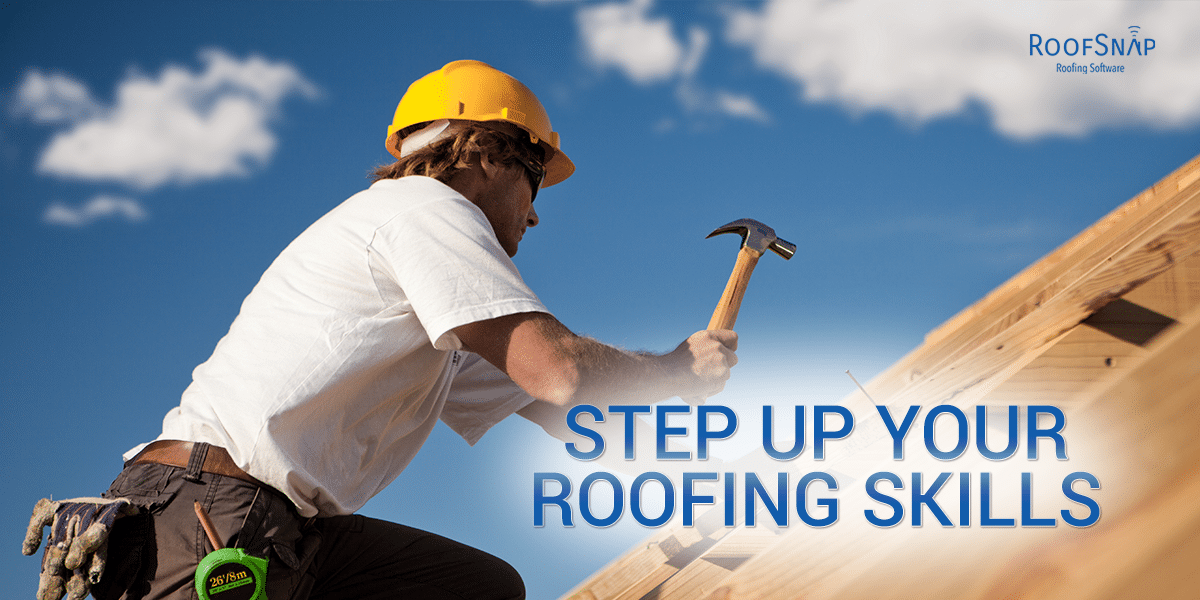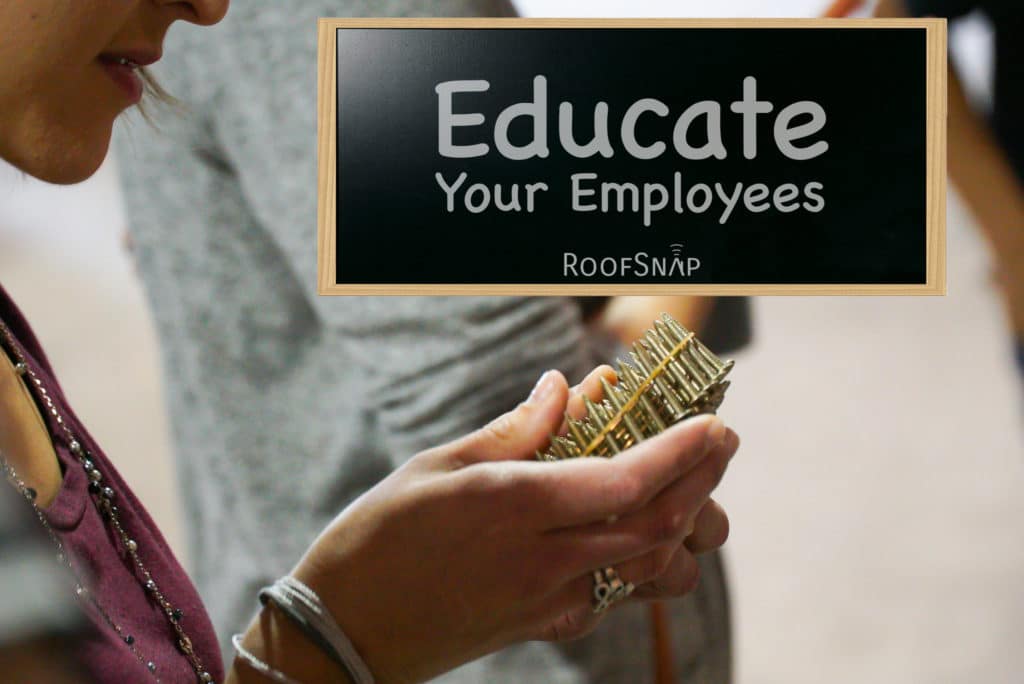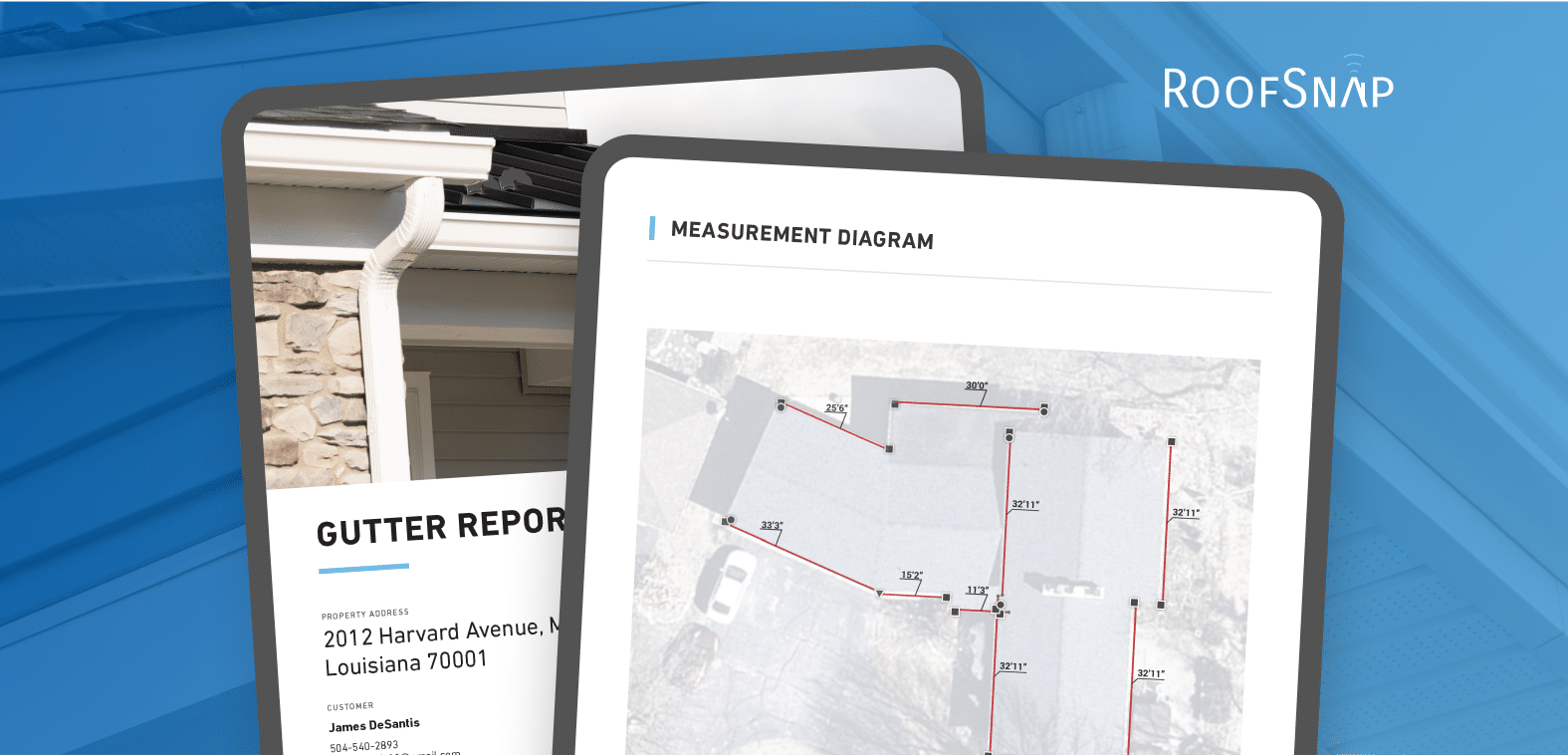Roofs are protective. They add style and interest to a property. They keep animals and the weather out, improving the comfort of a home.
But as a roofing professional, you know firsthand there’s more to a roof than meets the eye. One crucial component is the rake.
What is a rake on a roof? In this article, we’ll answer that question and more.
First, we’ll explore why you need to know about the elements of a roof. Then, we’ll break down the differences between rake and fascia boards.
We’ll examine roof rake design and functionality and share some insight into installation, maintenance, and care.
We’ll finish up with some quick tips you can use to level up your roofing knowledge and customer service. Let’s jump right to it.
The Importance of Understanding Roof Components
Roofs are an integral part of any structure. They protect those inside and ensure the building is stable.
When you work with roofs daily, knowing the different parts can help you make informed decisions. You can educate your clients and provide high-quality, long-lasting services.
RELATED ARTICLE: The Parts of a Roof: A Comprehensive Guide for Roofers
So, what is a rake on a roof?
A rake on a roof is an inclined edge that stretches along the gable. It runs from the eave up to the peak of the roof. Sometimes, this is called the ridge.
The rake has an important role. It keeps the property safe from the elements, like rain and snow.
Let’s dig a little deeper into what makes a rake different from other roof components:
The rake is situated on the sloping sides of gable roofs. This is different from eaves, for example, which are on the bottom edge.
The rake’s function also makes it unique. It seals the roof’s edges to keep the inside of the property safe and dry.
The size and shape of rakes vary. They extend diagonally for a length dependent on the design and pitch.
Rakes might be made from the same material as the roof. But they generally need reinforcements like trims or flashing.
Some parts of the roof are hidden—the rake is not one of them. Rakes are visible, so they have a big impact on the overall look and feel of a property.
Installing a rake is a precise undertaking. You need to carefully cut and fit the rake. It should match perfectly with the pitch of the roof.
Finally, rakes have special maintenance needs. They are exposed to the elements, so regular check-ups are a must.
FROM ONE OF OUR PARTNERS: The 6 Best Ladders for Professional Roof Work

What’s the Difference Between Rake Boards and Fascia Boards?
When you’re up on a roof, you might notice different boards—rake boards and fascia boards. They might look similar, but they have their own functionalities:
Rake boards run across the diagonal slope of a roof. They protect the edge where the roof meets the wall.
Fascia boards are straight and run horizontally. They go along the lowest edge of the roof. They hold the gutters in place and protect the walls of the property from water.
While these roof components are distinct, they work together.
Fascia boards cover the ends of the rafters. They are positioned right behind the gutters.
When it rains, water runs down the roof’s rake, splashes up against the fascia, and falls into the gutters.
If a home was missing fascia boards, this process would cause damage over time.
When it comes to materials, rake and fascia boards share some similarities. Most often, they are made out of PVC, wood, or vinyl.
The right choice for your project depends on two things: aesthetics and maintenance.
Wood looks fantastic, especially if the property’s exterior features timber accents. But it demands more care.
PVC and vinyl are hard-wearing; they won’t rot. If your clients value low maintenance, these materials are the best options.

Roof Rake Design and Functionality
Roof rakes are both a design element and a practical part of a roof’s structure. It’s important to balance the two.
The first decision is whether the rake will be overhanging or clipped.
Overhanging rakes extend past the wall. This gives the property a bit of extra protection. It also adds architectural interest.
Clipped rakes align closely with the wall. The finish is sleek and contemporary.
FROM ONE OF OUR PARTNERS: What Are the Benefits of a Green Roof?
Each design has benefits. It all depends on what you need for your project.
Overhanging rakes offer more protection. They keep water, snow, and debris away from the exterior walls. They might be open, so you can see the rafters. Or they might be closed with soffits, where the rafters are hidden.
Clipped rakes are less obtrusive and give the property a streamlined silhouette. If the property is modern and minimalist, clipped rakes may be the way to go. Just keep in mind that they aren’t quite as protective as overhanging rakes.
You and your clients certainly have options, and making the right choice is crucial. A well-designed rake on a roof delivers the following benefits:
- A longer lifespan: With more protection comes less damage. And that means your client’s roof will last longer and cost less over the long term. This is a huge plus—the average cost of a roof replacement is between $11,730 and $23,942.
- Superior protection: A fit-for-purpose rake is highly effective at protecting against the elements.
- A stunning finish: The rake is visible, so the option you choose has a huge impact on the look of the building. The right choice can boost curb appeal.
- Defense against pests: Rakes are excellent pest deterrents. Overhanging designs make it much harder for sneaky animals to find their way into attics and crawlspaces.
- Improved energy efficiency: Rakes help shield exterior walls from the sun. They also promote good air circulation.
When deciding on the type of rake for your project, think about both the practical and visual outcomes.
How does the rake look alongside the eave? Which style will complement the property? Are there any specific risks or weather concerns in the area?
Caring for a Rake on a Roof
A functional, durable, and great-looking rake starts with proper installation.
The rake must align with the roof’s edges. Gaps allow water to seep in, and this can have far-reaching consequences. Leaks can result in water damage, mold problems, and other costly issues.
A properly fitted rake also stops birds, squirrels, and rats from finding their way into the property. Rodents can squeeze into the tiniest of openings.
Finally, expert installation supports the roof itself. It stops the edges from sagging down and preserves the property’s structural integrity as it ages.
FROM ONE OF OUR PARTNERS: What Is the Average Cost of Roof Replacement?
DIY Rake Maintenance Tips
You can empower your clients to look after their rake themselves. Here’s a quick and easy DIY rake maintenance checklist:
- Make cleaning a habit. Tell your clients to keep the rake clean. Removing leaves, sticks, and other debris prevents moisture accumulation that can cause rot.
- Inspect the rake after a storm. Encourage clients to check their rake after severe weather events. Finding and fixing problems early can prevent them from escalating.
- Keep tree branches away. When it’s windy, tree branches can scrape the rake, causing damage. Trimming trees so they stay far away from the property is a good idea.
- Use a protective sealant. Your clients can apply a waterproof sealant along the rake. This helps keep the roof watertight over time.
When DIY Isn’t Enough
DIY rake maintenance is a great start. But sometimes, expert help is needed. Make sure to inform your clients when to phone you for help.
Here are some of the reasons to consider:
- Extensive visible damage: Maybe a storm passed over, and the rake looks damaged. Or perhaps a tree branch fell on the roof. Whatever the case, if your clients can see damage, it’s time to phone you in. You can then perform a thorough repair and bring the rake back to its former glory.
- Regular leaks: If your clients experience leaks regularly, something’s not right. A leaky roof is one of the leading causes of water damage.
- Thorough cleaning and professional inspections: Your clients might do everything right, but sometimes, things just go wrong. An annual inspection can catch problems early.
Top Takeaway Tips for Roof Rakes
Here are three simple tips you can use right away to help with roof rakes:
- Create a maintenance checklist. Make a simple list of steps you can give to your clients. This will help them preserve the look and functionality of their roof. Why not add your logo and contact details, too? That way, if something goes wrong, they know exactly who to call.
- Learn about different rake styles. Get to know the different types of rakes, like overhanging or clipped. This helps you choose the best one for each roof. When you can give your clients informed advice, you build trust and encourage loyalty.
- Know the pros and cons of different materials. Learn about the materials used for rakes, such as wood or PVC. Explain the advantages and drawbacks to your clients. This helps them make a smart decision about their roof’s design and structure.



